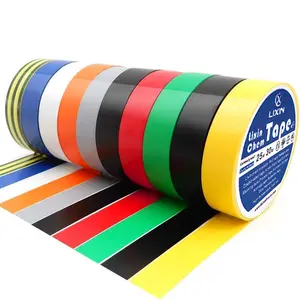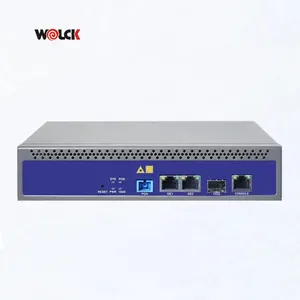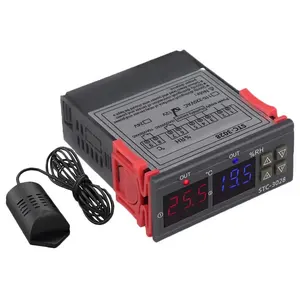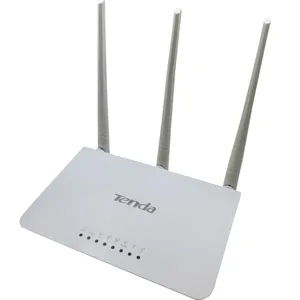Popular in your industry






































































Related Searches:














































































































































Top categories
About tilt sensor low power
Understanding Tilt Sensor Low Power Technology
Tilt sensors are pivotal components in modern technology, designed to measure the tilting position of an object relative to gravity. The tilt sensor low power variant is specifically engineered to operate with minimal energy consumption, making it an ideal choice for battery-powered applications. These sensors are integral in various industries, providing crucial data for systems requiring orientation monitoring.
Types and Mechanisms
There are several types of tilt sensors, including MEMS (Micro-Electro-Mechanical Systems), fluid-filled, and mercury types. Low power tilt sensors often utilize MEMS technology, which is known for its energy efficiency and precision. These sensors function by detecting changes in capacitance or resistance as the device tilts, converting physical motion into an electrical signal.
Applications Across Industries
The application of tilt sensor low power devices spans across various sectors. In the automotive industry, they contribute to vehicle stability and safety systems. In construction, they ensure the correct positioning of heavy machinery. They are also found in consumer electronics, such as mobile phones and gaming controllers, enhancing user interaction through motion detection.
Features and Materials
Low power tilt sensors are characterized by their energy efficiency, compact size, and long operational life, which are achieved through the use of advanced materials and circuitry. Materials such as silicon, used in MEMS sensors, provide durability and consistent performance, even in low-power scenarios. These materials are carefully selected to ensure the sensor's sensitivity and accuracy without compromising on power consumption.
Advantages of Low Power Consumption
The advantages of using tilt sensor low power devices are numerous. Their reduced power usage translates to longer battery life in portable applications, less heat generation, and a smaller environmental footprint. Additionally, their low power requirement does not sacrifice performance, ensuring that they remain reliable and effective for critical applications.
Choosing the Right Tilt Sensor
Selecting the appropriate tilt sensor low power for your application requires consideration of several factors, including measurement range, sensitivity, and power constraints. It is essential to analyze the specific needs of your project to ensure that the tilt sensor you choose provides the necessary precision without unnecessary energy expenditure.








































